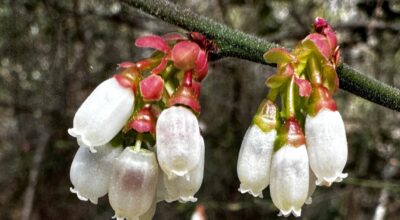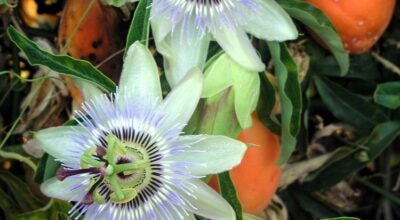Fall gardening
Published 7:00 am Tuesday, September 23, 2014
Few aromas can stir our appetites like that of hot, sizzling’ sautéed onions and few other vegetables can claim such international flavor favor. As far as we can tell, onions have been favorites for culinary and medicinal uses since at least 2800 B.C. Much later (1596), Gerarde in his book The Greate Herbal, wrote this about onions, “The juice of onions snuffed up into the nose purgeth the head…stamped with salt, rue and honey…they are good against the biting of a mad dog…anointed upon a bald head in the sun bringeth the haire again very speedily.” We know they taste good and this is a great time to plant multiplying onions in the backyard garden. If planted in August or Early September you will have green onions for Thanksgiving dinner. Purchase firm, healthy onion sets from your local garden center and plant them so just the very tip of the narrow end slightly protrudes from well-worked soil. Onions are shallow rooted crops and need a sunny, well-drained site to grow best and prevent bulb rot. Preferably, the soil acidity (pH) should be between 6.0 and 6.8.
There are several other vegetables that can be planted in August and September. Some of these include broccoli, Swiss chard, Mustard, Cabbage, Cauliflower, Turnips, Lettuce, Cucumber, Bush Snap Beans and Carrots. Time and space will not allow me to elaborate on each of them, but there is one in particular that you should try. There is not a better crop to grow in the fall than Romaine lettuce. If you have not tried Romaine lettuce let this be the first time you do. Buy one pack of seed and directly sow it into well-worked garden soil or raise your own transplants. Seeds germinate quickly, usually within one week.
Romaine lettuce is well adapted to our climate and like many cool-season vegetables, will actually grow better in the fall than in the springtime. Romaine is a very high quality, relatively easy lettuce to grow. Depending on the cultivar (variety) of Romaine you choose it should be ready in from 60 to 75 days from seeding. Harvest as the leaves get big enough to eat or wait until the elongate head forms.
By the way, if you see your bald headed buddy rubbing an onion on his head you will know he read my article, too! Happy gardening!
By Eddie Smith





